With its rustic charm and dog-like personality, the Maine Coon completely wins us over. In this article, we take a closer look at the characteristics of this adorable velvet-eyed giant.
Origins and History of the Maine Coon
A Breed from America
The Maine Coon cat originates from the state of Maine in the United States, which gave the breed its name. According to the Official Book of Feline Origins (Loof), “its origin traces back to the first European settlers' ships landing on American shores, carrying long-haired traveling cats in their holds. Some of these cats escaped and adapted to the cold Maine winters. They developed a water-resistant coat, strong muscles, and a powerful hunter’s jaw.”
Legends Surrounding the Maine Coon
Some legends tell a different tale. One suggests the Maine Coon is the offspring of a raccoon and a domestic cat — “coon” being short for “raccoon” in English — which would explain its dense fur and large size. Biologically, of course, this is impossible…
Other legends claim this big whiskered cat descends from Queen Marie-Antoinette’s Angora cats or from Norwegian cats brought by Vikings.
If you’re a Maine Coon lover, choose whichever story you find most magical!
Physical Characteristics of the Maine Coon
A Large-Sized Cat
As you might guess, this is one of the largest cat breeds in the world. The average Maine Coon weighs between 6 and 10 kg, with some reaching up to 12 kg — impressive, right? The Maine Coon has a powerful build, muscular body, and broad chest — it’s like the Schwarzenegger of cats!
The Maine Coon is a remarkable breed that holds multiple world records. Stewie, a Maine Coon who passed away in 2013, still holds the record for the world’s longest domestic cat. From nose to tail, he measured 121.92 centimeters!
Another distinguishing trait: its muzzle is wide and square, with prominent cheekbones. It also has small tufts of hair coming out of its ears, known as "lynx tips."
The Maine Coon is an eternal teenager, as its growth lasts longer than that of most other cats. It only reaches full maturity at around 5 years old.
Impressive Paws
The Maine Coon has large, fluffy paws — just like its tail. If you adopt a kitten or adult Maine Coon, there’s a high chance it will be polydactyl. A polydactyl or hyperdactyl cat simply has extra toes. Some breeds are more affected by this genetic mutation, such as the Maine Coon and the Pixie-Bob.
A Unique, Dense Coat
Maine Coon cats have one of the most beautiful coats. Shorter on the shoulders, it gradually gets longer down the sides. Their long fur requires regular brushing to avoid matting. They also have ear tufts called "lynx tips."
These big felines can have many coat colors: black, white, red, tabby, gray, cream, bicolor, tricolor…

Temperament and Personality of the Maine Coon
An Affectionate and Social Cat
Despite its imposing and rustic appearance, the Maine Coon is a gentle giant. Very playful, it’s often called a "dog-cat." If you throw a ball, chances are it will bring it back! This kitty is very sweet and affectionate and enjoys human contact — both adults and children.
It loves the outdoors but can adapt to apartment living as long as it has enough space to play and stay active.
A Chatty Cat
The Maine Coon is known for "talking" to its humans — it’s quite the chatterbox! This cat has a unique way of meowing and expressing itself, as if trying to talk to you. Fun fact: it has a repertoire of 63 sounds, and it’s said to coo more than it meows.
Grooming and Care of the Maine Coon
Coat Maintenance
As mentioned above, its coat needs a bit of upkeep. Regular brushing helps prevent mats and supports the cat’s own grooming efforts.
Cats can remove most dead hair with their tongue, but not all. Brushing helps eliminate these hairs, which can otherwise disturb the cat’s skin balance.
Regular brushing also reduces hairball formation.
When grooming, cats ingest a lot of hair, which can collect in the stomach and form hairballs (trichobezoars). If they become too large, the cat will vomit them or may suffer intestinal blockages.
The Ziggy Cat Brush
At Ziggy, we created the cat brush of our dreams — for long-haired cats like Maine Coons, short-haired ones, and even those who love a good head massage (just to the right, rrrrr).
The double-headed brush is made of ash wood from sustainably managed forests, vegan, and crafted in France (Oise) to care for and enhance your furry friend’s coat.

High-Quality Nutrition
Due to its large size and longer growth period, the Maine Coon requires kitten food for a longer time than other breeds. Be cautious about weight gain if you decide to neuter your cat — Maine Coons are known for their big appetites.
As mentioned in our dedicated article on Maine Coon nutrition, this large feline needs a cat food high in animal protein to maintain lean body mass (muscle, tone, immunity, and digestion).
As a long-haired cat, this protein intake is also crucial for a healthy coat. A cat’s hair is about 90% protein (keratin).
Their food should be rich in protein and essential fatty acids (Omega 6 and 3) to keep their fur in great condition. It should also be low in phosphorus (to support kidney health) and low in carbohydrates (to reduce obesity-related risks like diabetes or renal failure).
Ziggy's Maine Coon Cat Kibble
At Ziggy, we developed Maine Coon cat kibble that meets all these nutritional needs, to keep your cat healthy and happy. The bonus? They're adapted to the cat’s large, strong jaw. Bigger than our sterilized cat kibble, they’re easier to chew instead of just swallowing whole. Better chewing means better digestion!
You can also add our wet food for cats. High in moisture and fully meeting your cat’s nutritional needs, it promotes proper hydration.

Specific Health Issues in Maine Coons
Maine Coon cats live about 12 years on average. Sadly, they are more prone to certain diseases, mainly due to the high level of inbreeding involved in the breed’s development.
Heart Diseases (HCM)
They may suffer from hypertrophic cardiomyopathy (HCM), which is hard to detect until heart failure appears. It is characterized by an abnormal thickening of the heart walls.
Hip Dysplasia
They may also develop hip dysplasia, a disorder of joint development.
Polycystic Kidney Disease (PKD)
Like many purebred cats such as the Sacred Birman, Ragdoll, or Persian, Maine Coons are predisposed to polycystic kidney disease — a condition where kidney cysts form and destroy renal tissue.
How to Prevent These Diseases?
These common diseases in Maine Coons are mostly genetic, and few preventive actions exist. To support kidney health, however, we strongly recommend feeding a low-phosphorus diet — which is the case for all our Ziggy kibbles and wet food.
Why Choose a Maine Coon?
An Ideal Companion
The Maine Coon is full of wonderful qualities: gentle and affectionate, it loves cuddles and human contact from both adults and children. It's a big ball of love! And if you need company, the Maine Coon will brighten your days by playing with you and meowing sweet nothings.
Adopting a Maine Coon
Where to Adopt?
You can reach out to shelters and rescue organizations that house many cats looking for loving families.
This breed has become very popular in recent years, so it's also easy to find Maine Coon breeders in France. Any serious breeder should provide a clear pedigree and Loof registration to avoid inbreeding-related illnesses. But be aware, this adoption can be costly — some cats may cost thousands of euros…
How to Welcome Your Maine Coon
Don’t forget to prepare for your new furry friend by providing maximum comfort: a cat tree, suitable bowls, bedding, litter box… These are essential for the well-being of your giant cat.
It’s important to devote time to your furball — whether for play sessions, grooming, or moments of cuddles and purring.
Though it requires specific care, the Maine Coon is affectionate, playful, social — even a little clingy. It’s an excellent companion that will bring endless joy to your family.


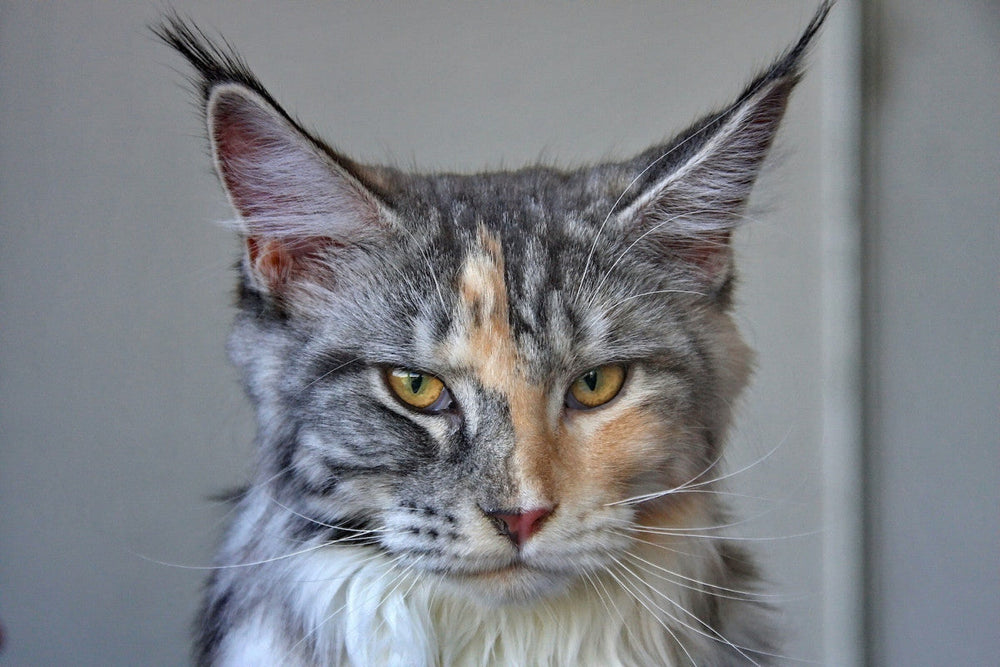
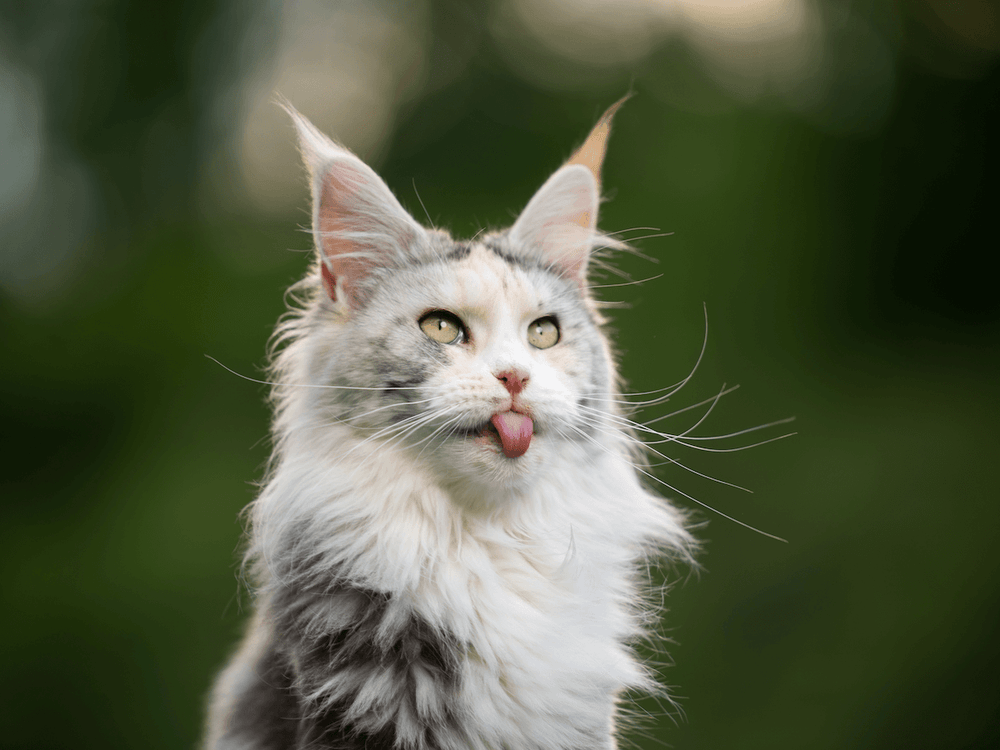
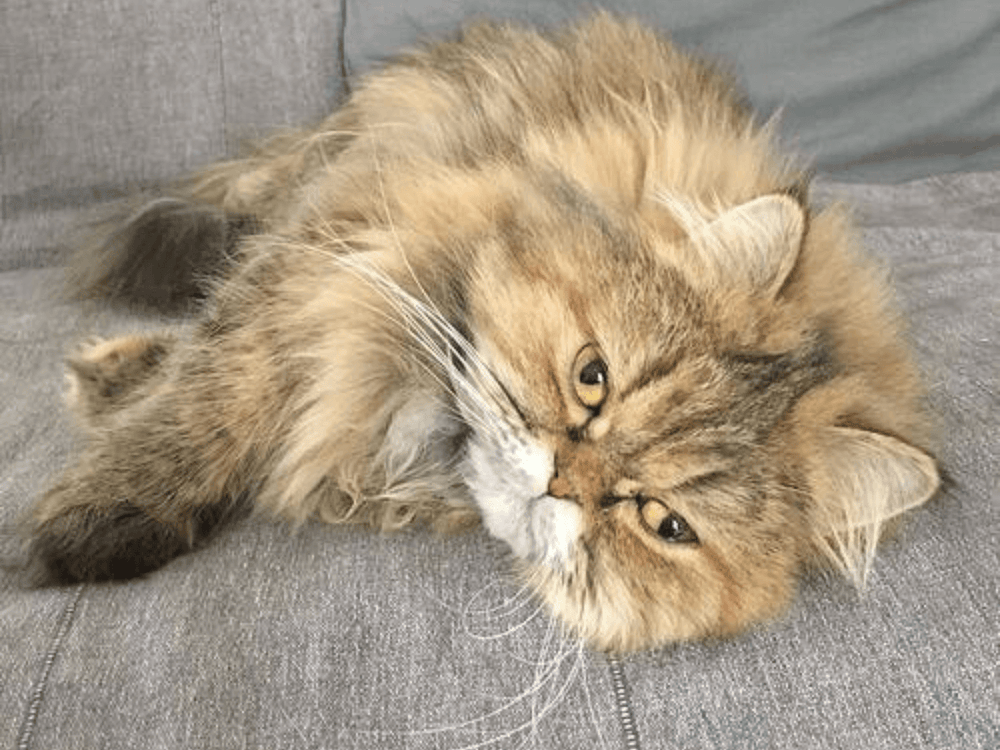
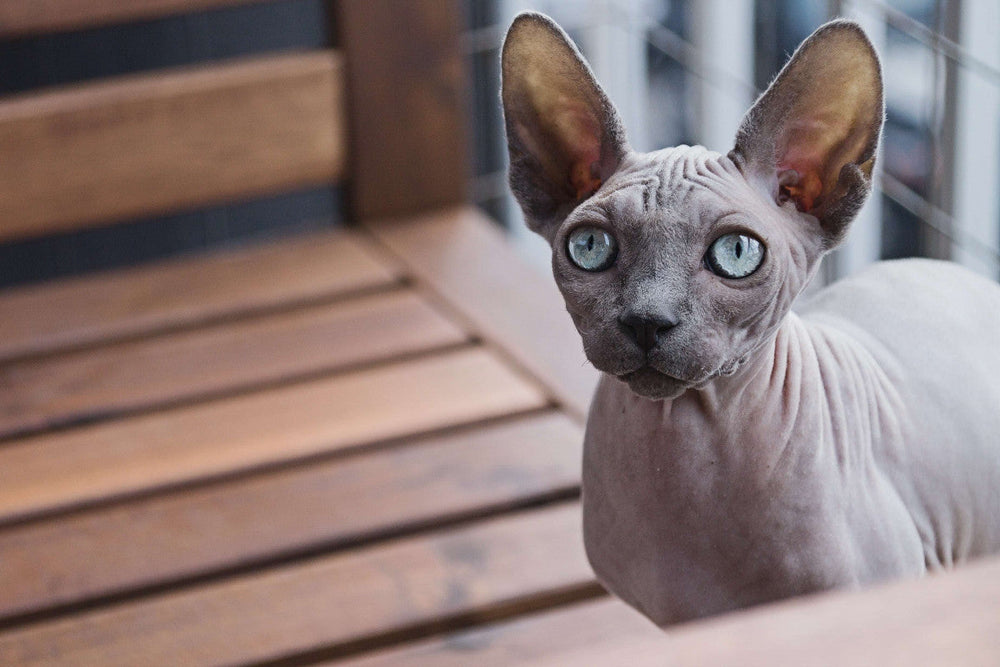
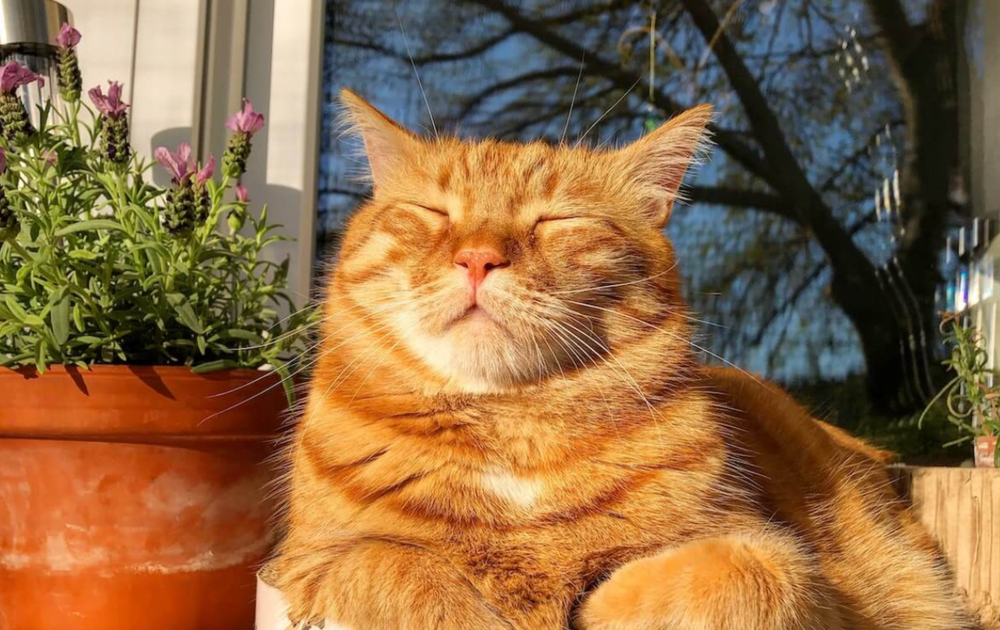
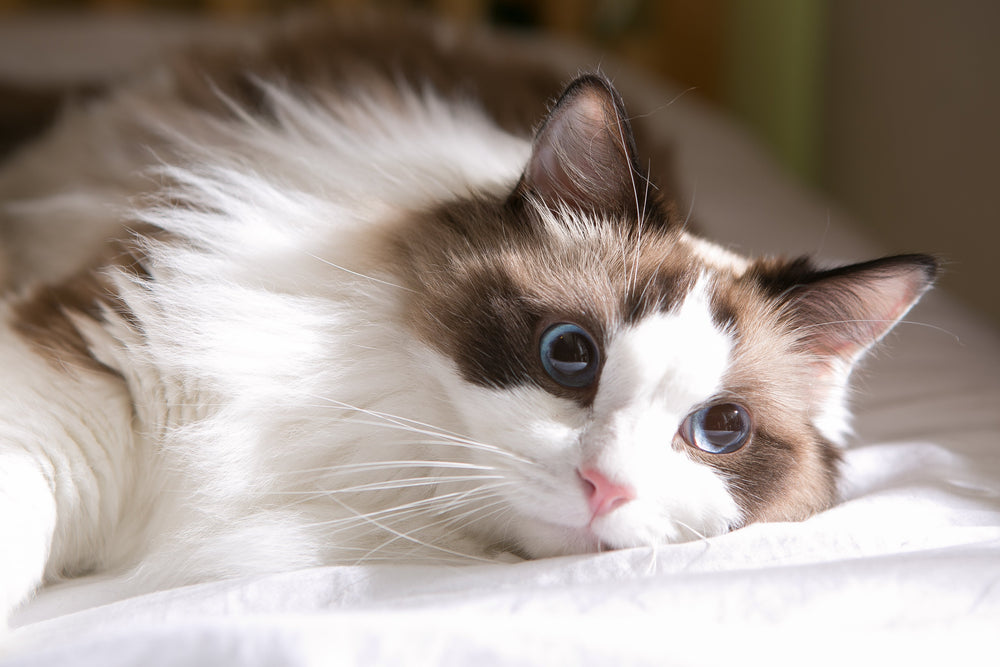
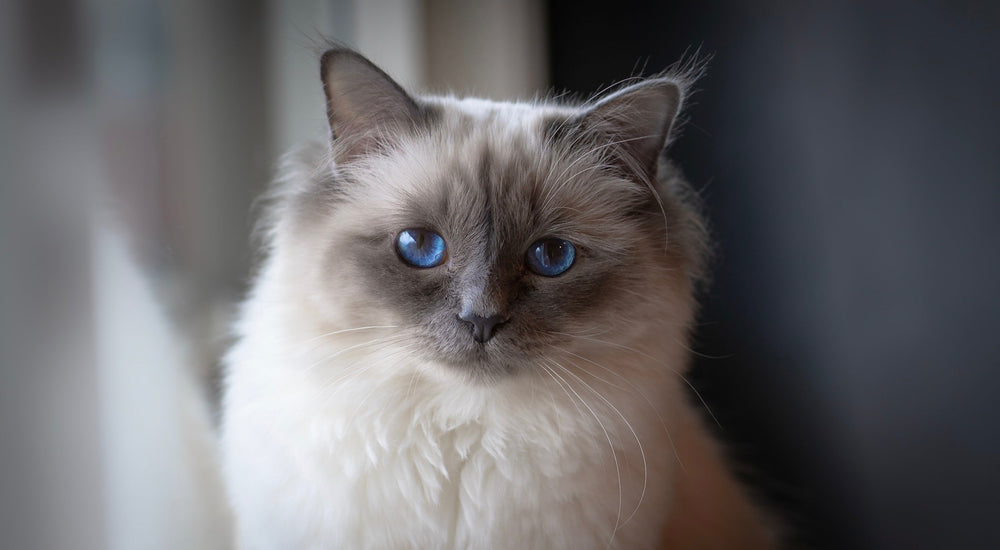
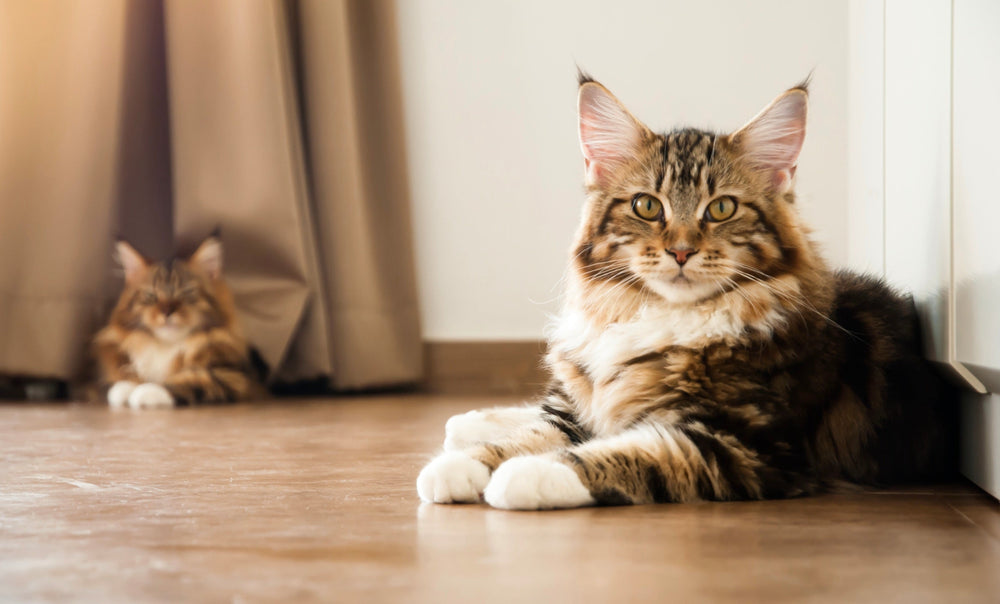
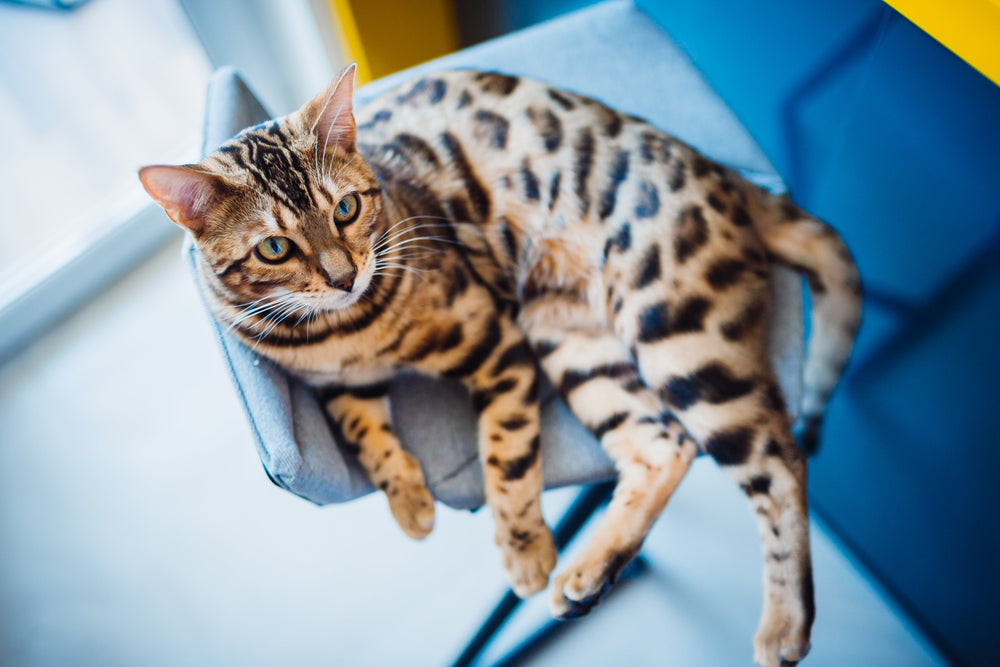
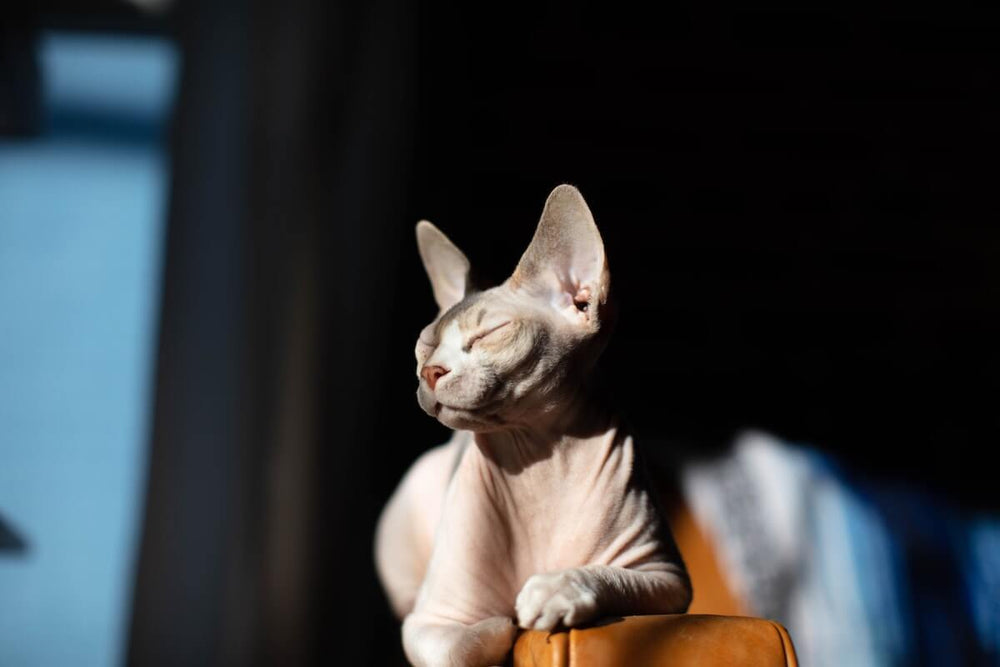
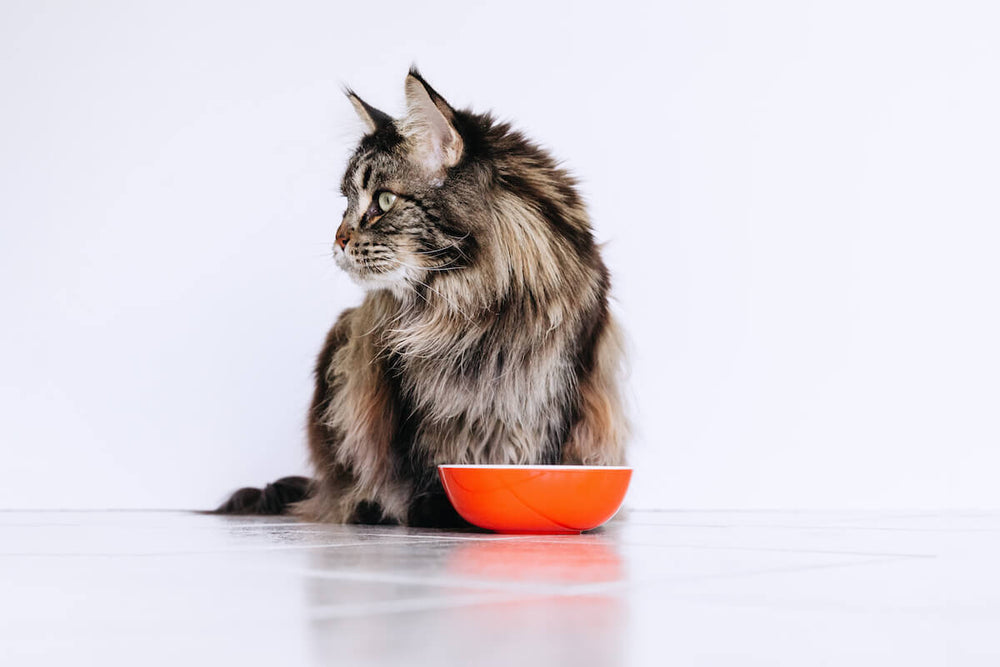
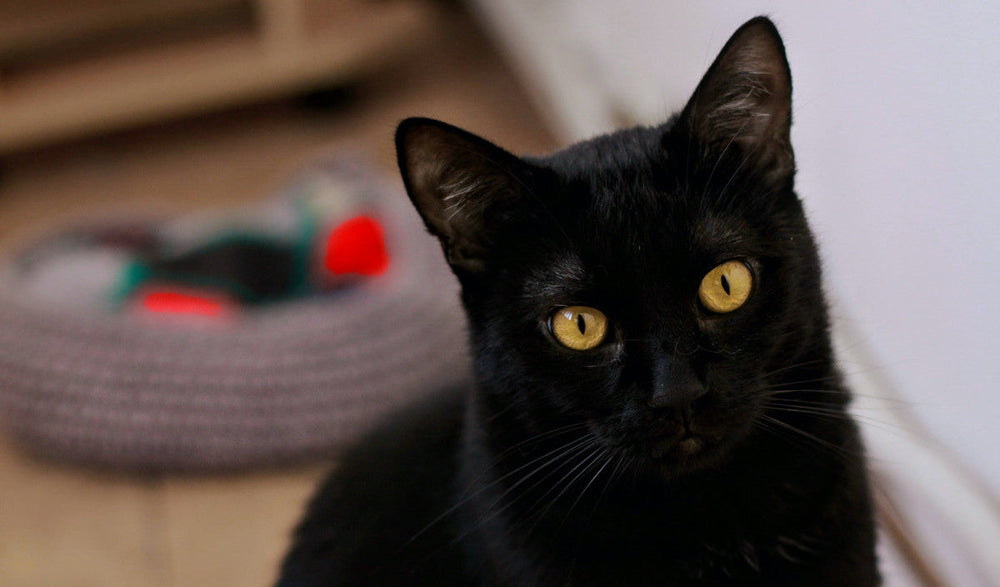
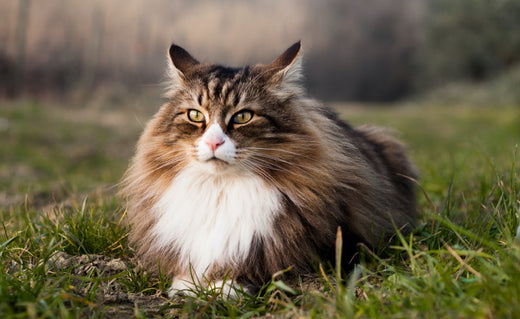
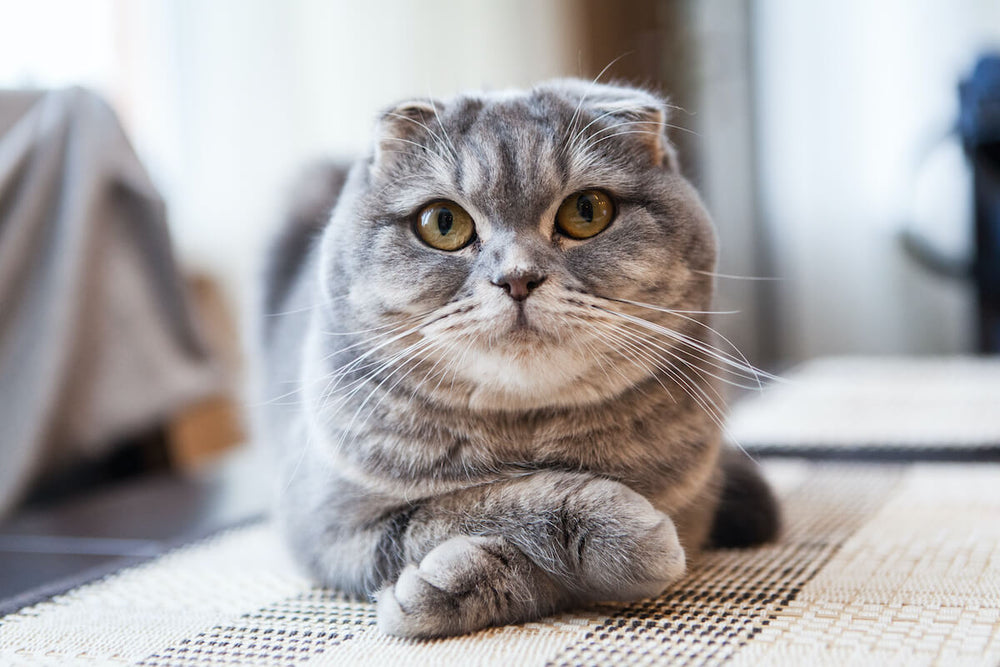
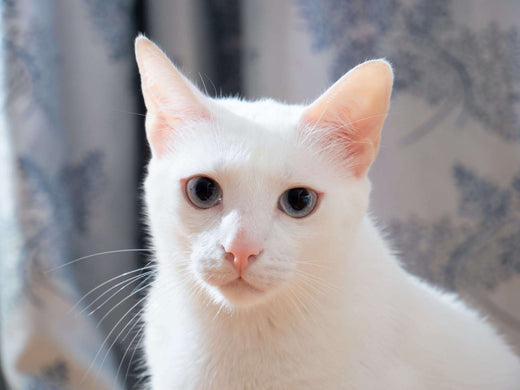
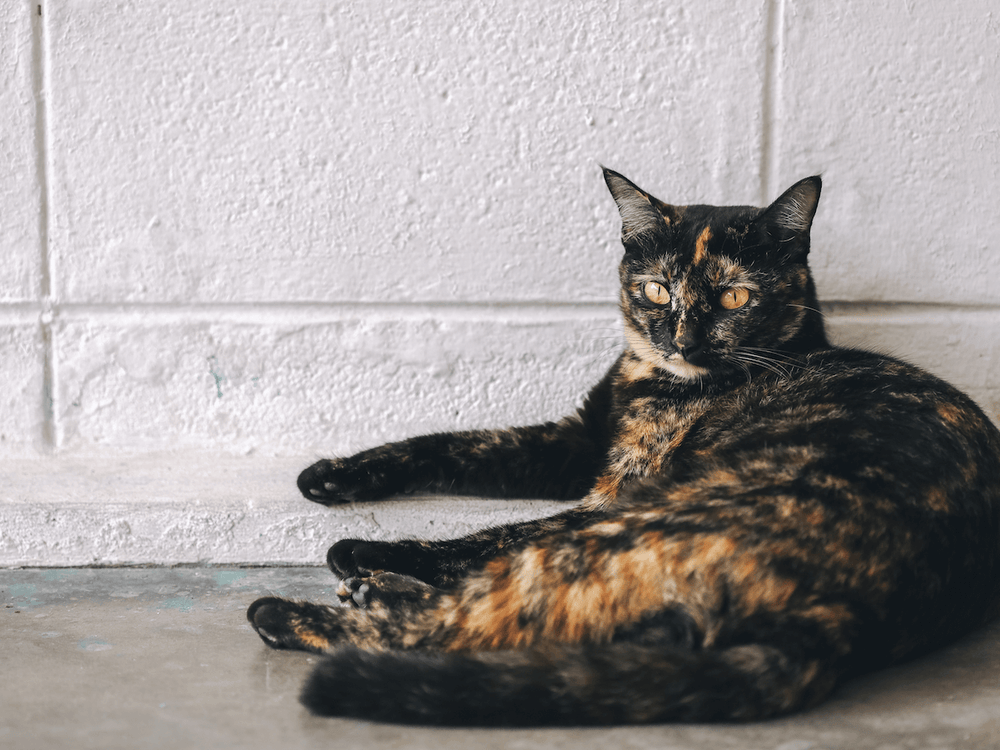
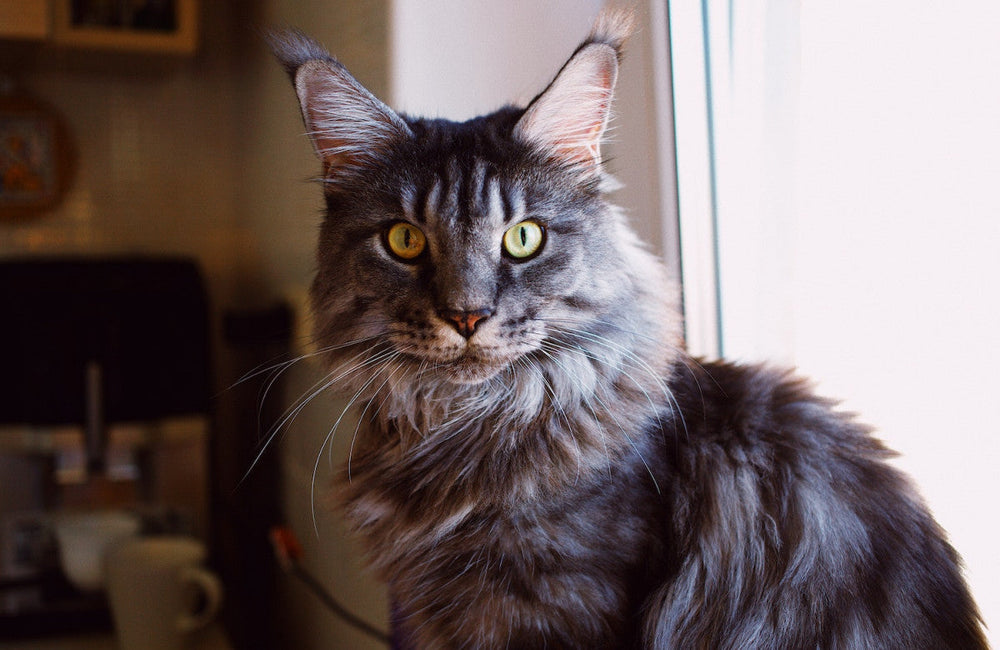
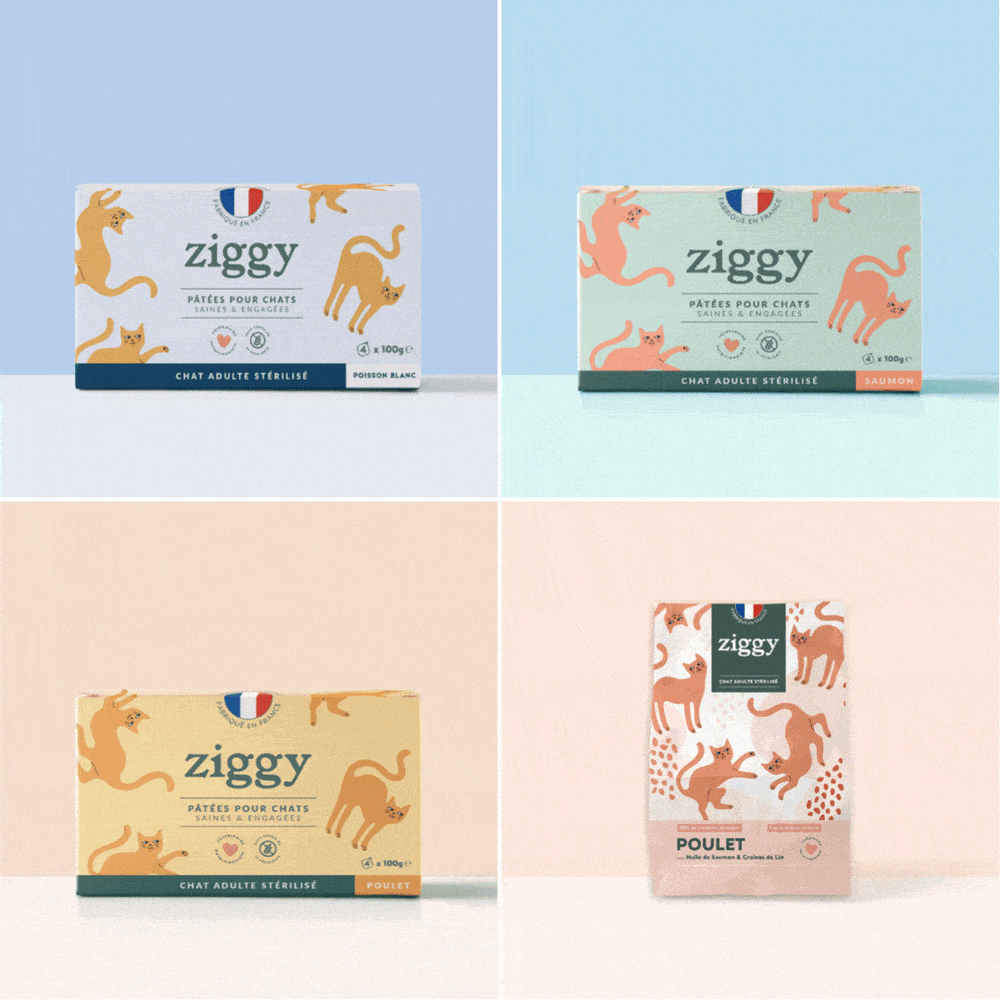
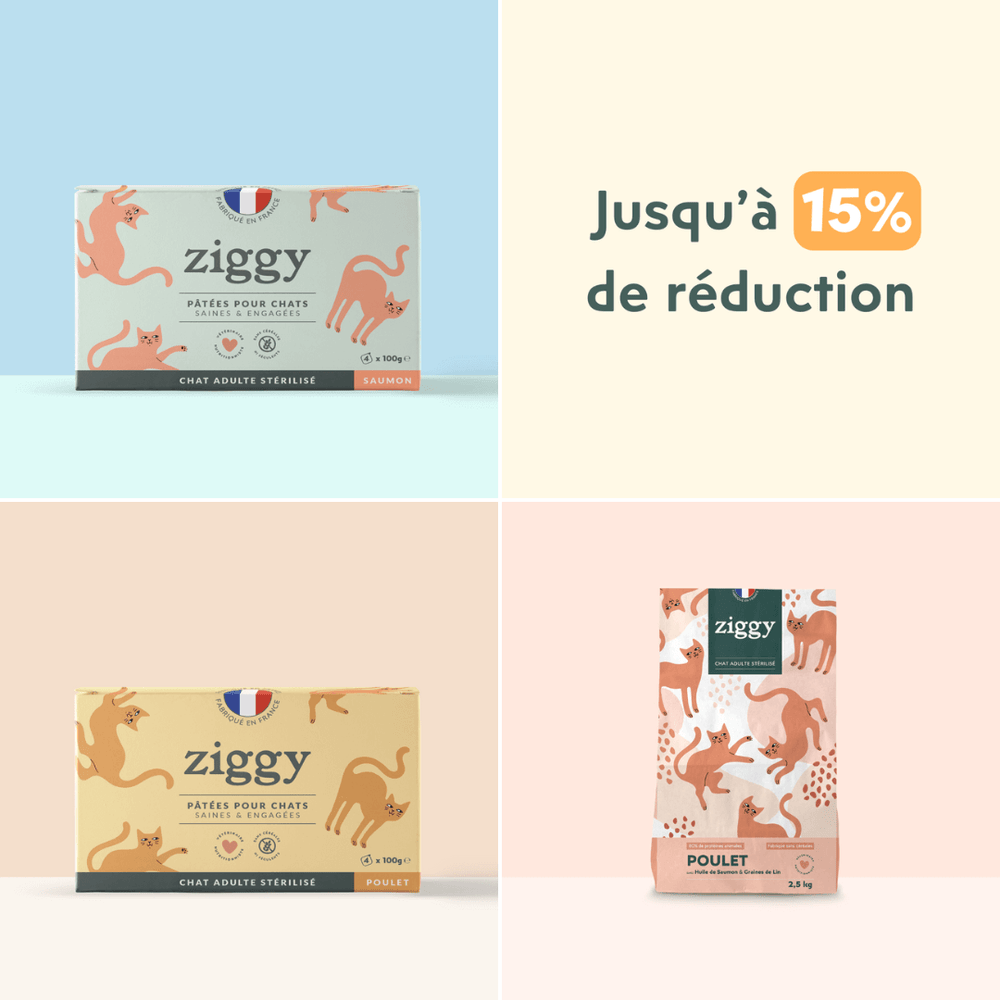
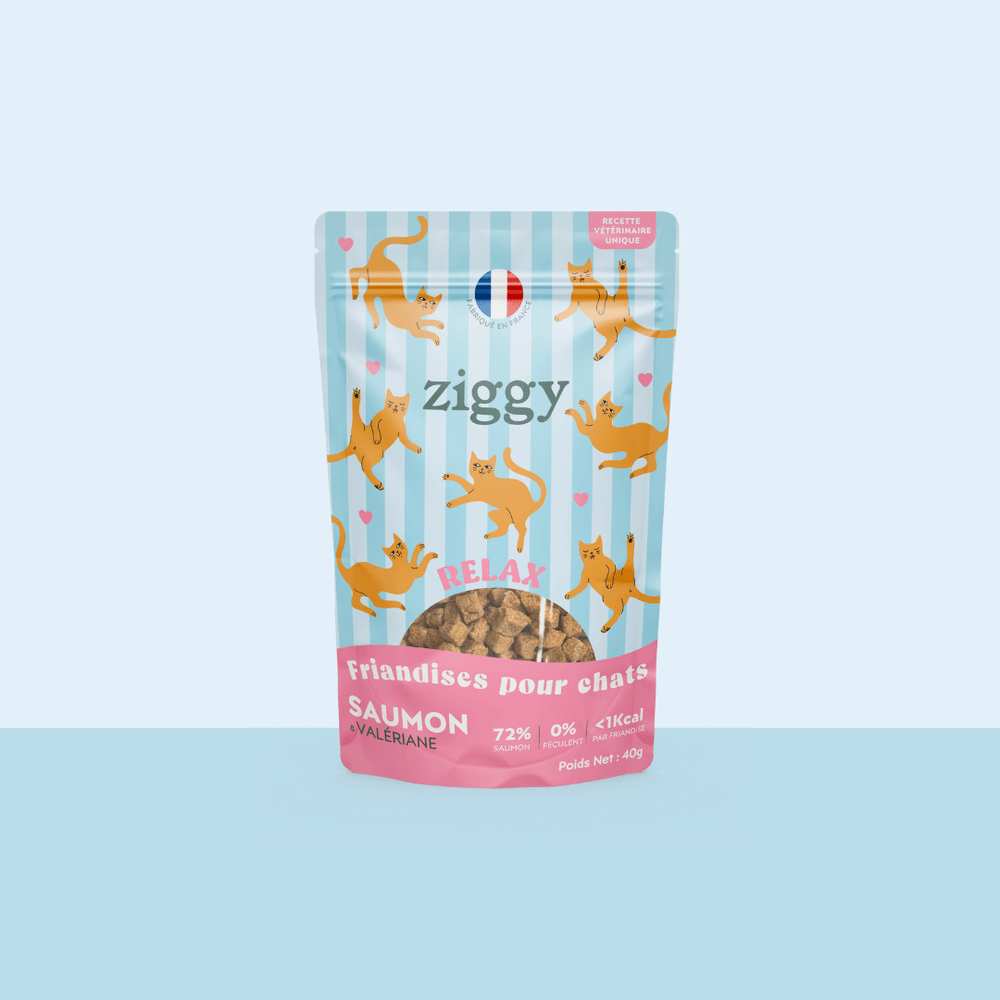
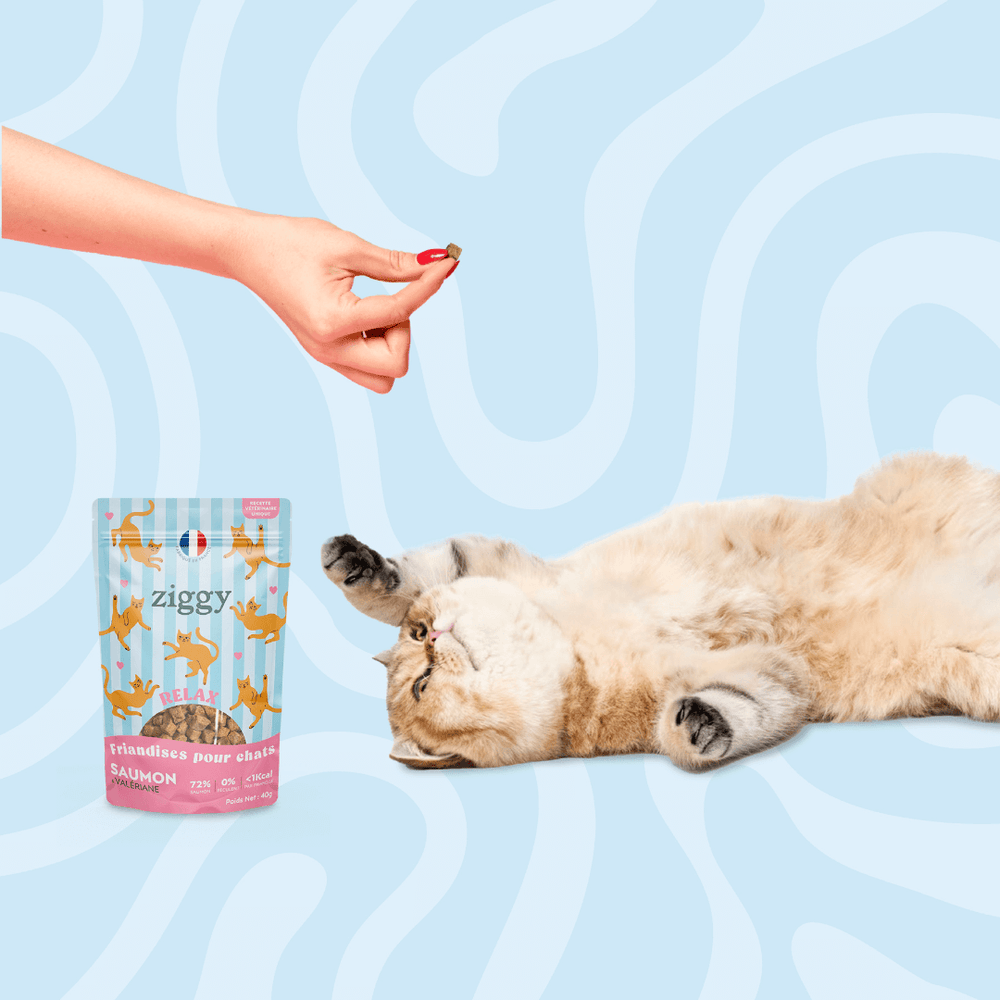
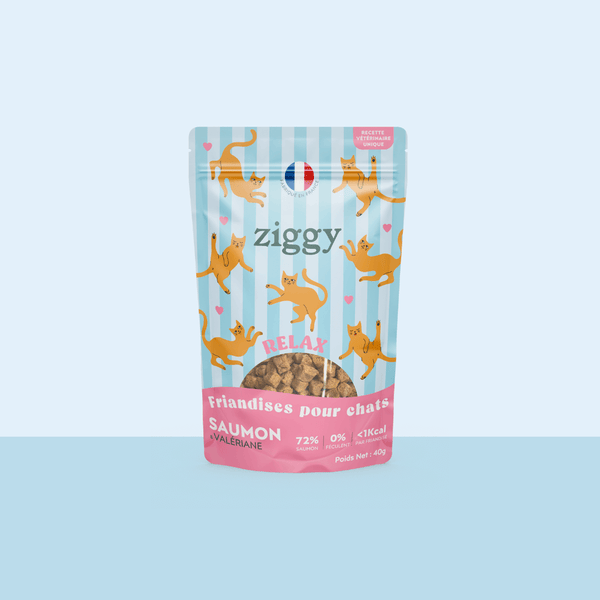
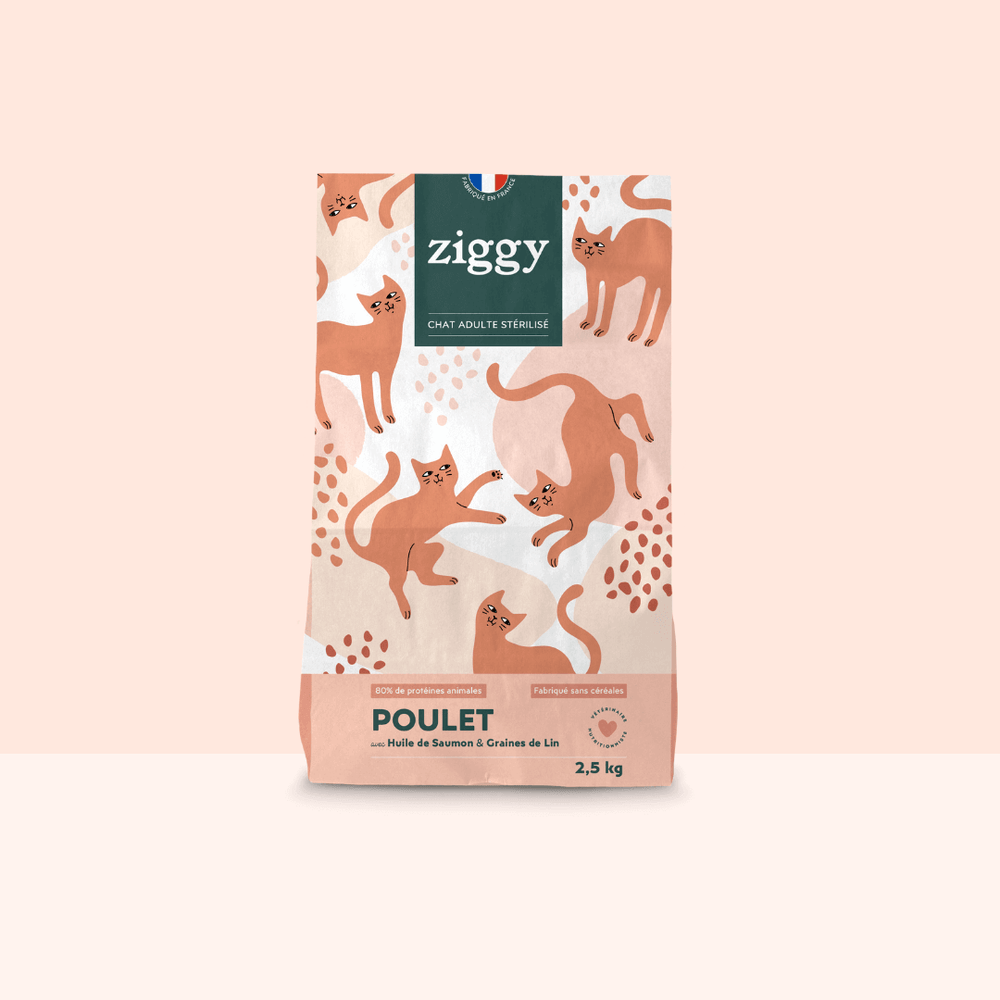

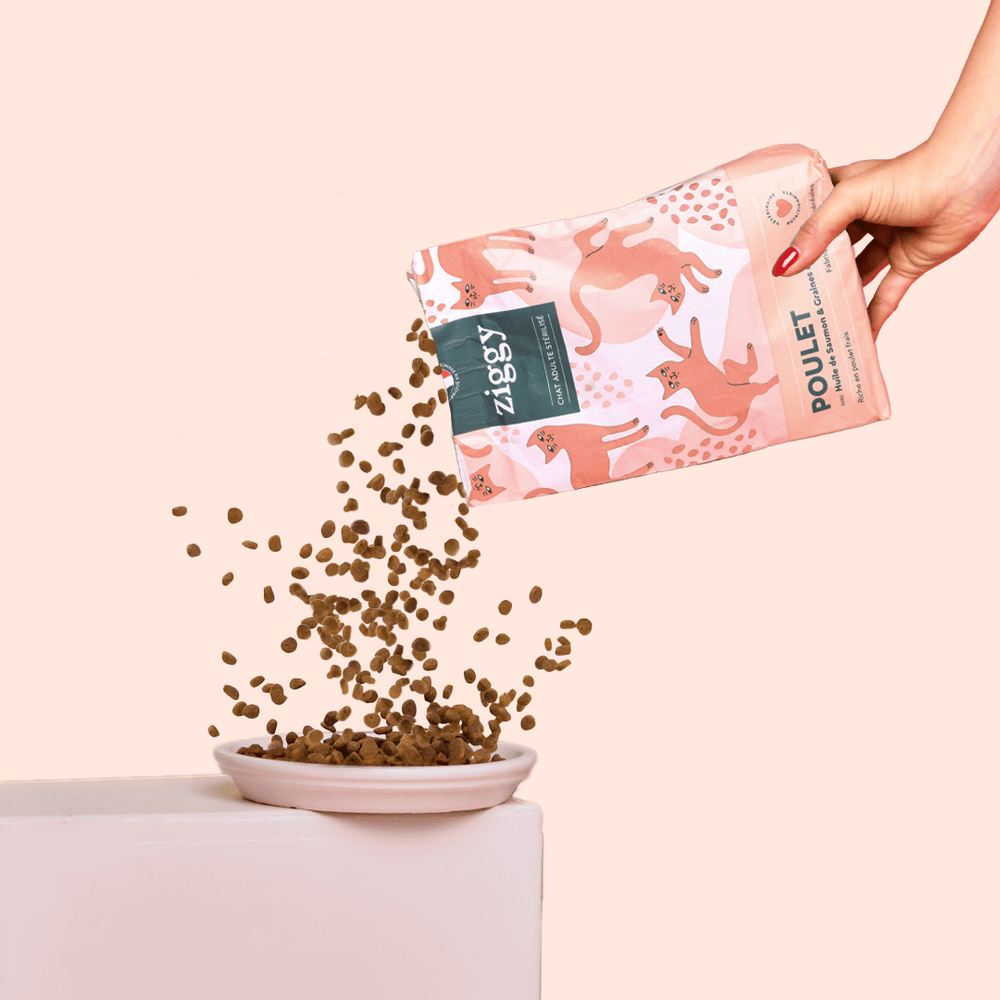
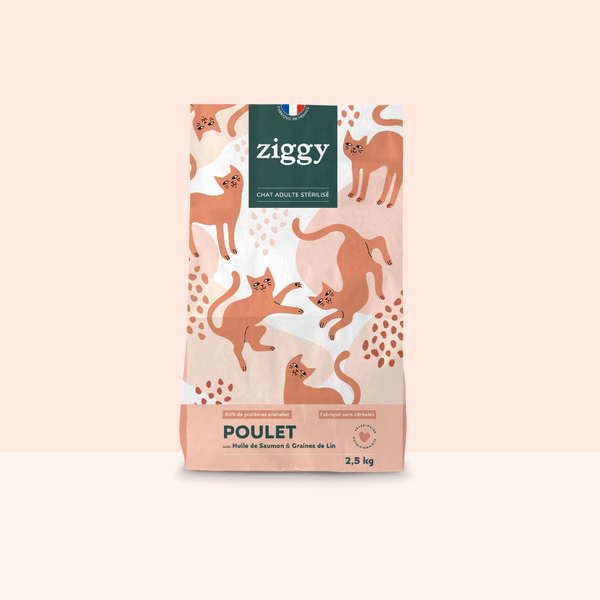



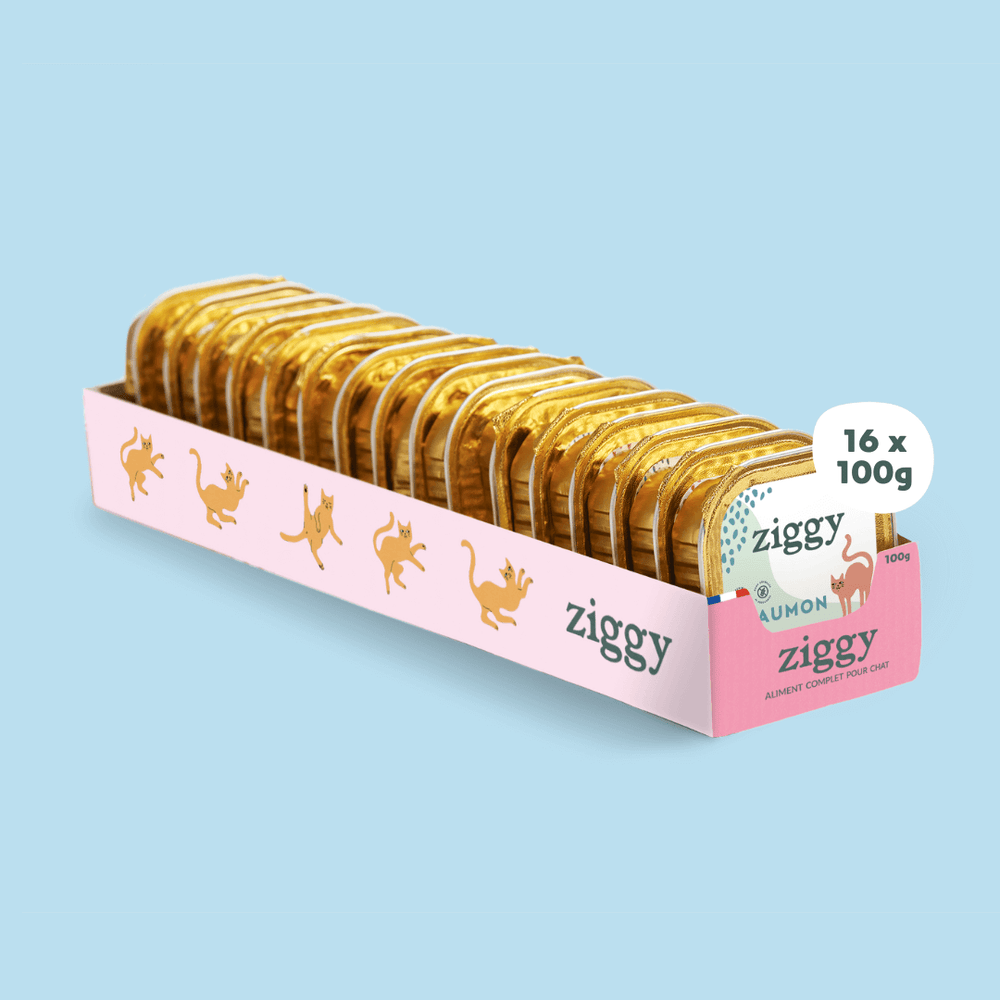
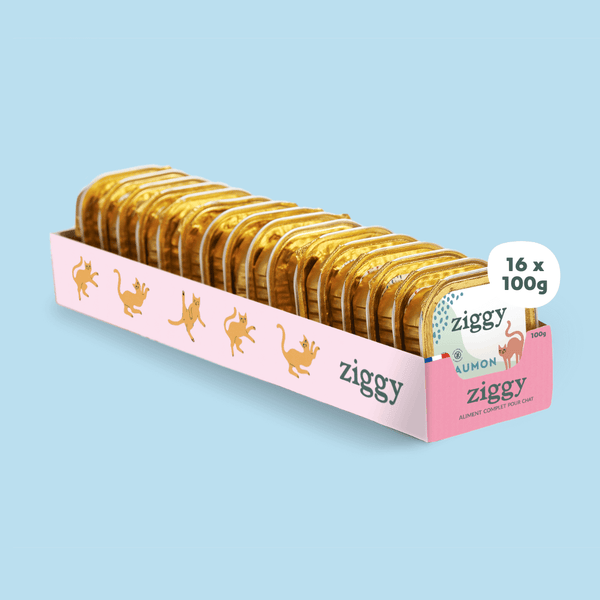




Leave a comment